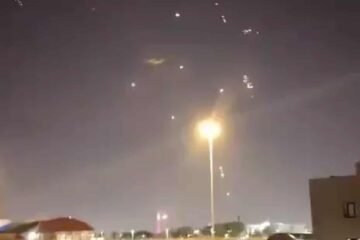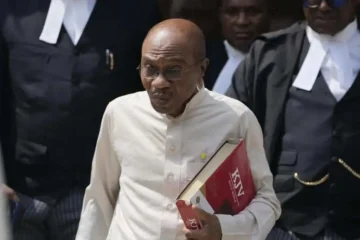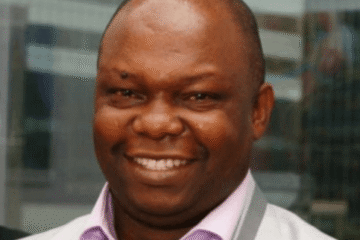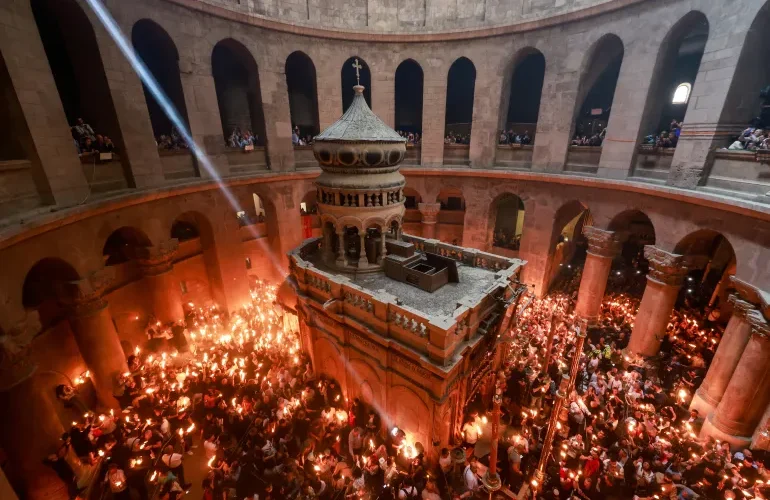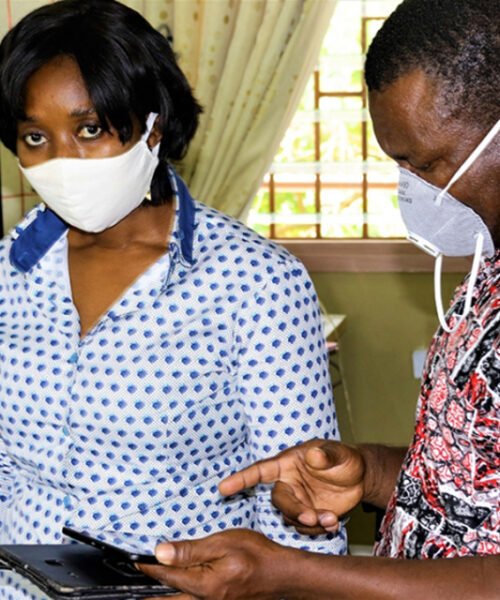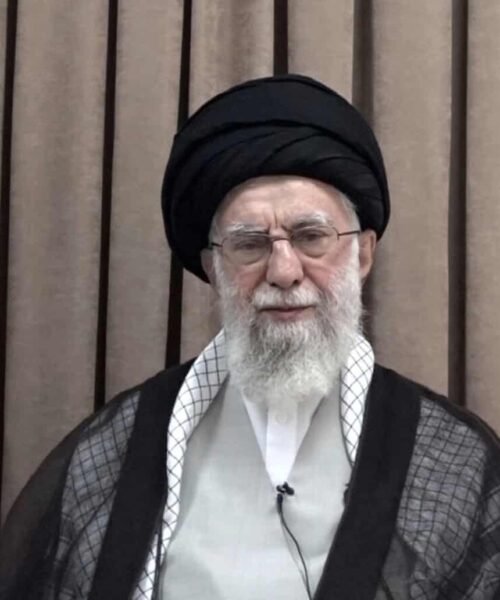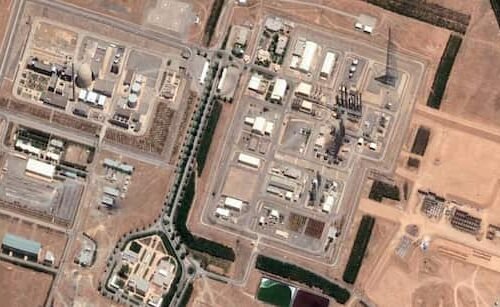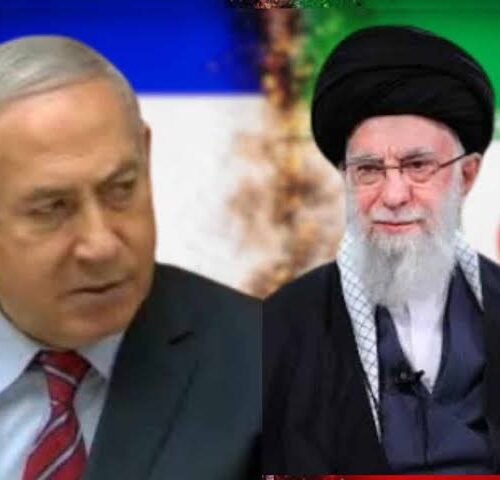Thousands of Christians gathered in the cavernous Church of the Holy Sepulchre in Jerusalem for a centuries-old Holy Fire ceremony, Al Jazeera reports.
Holding unlit candles, they packed into the sprawling 12th-century basilica built on the site where, according to tradition, Jesus was crucified and buried.
The development came as Catholic Pontiff Pope Francis made a brief appearance in Rome before thousands of Catholic pilgrims gathered in St Peter’s Square for the Vatican’s open-air Easter Sunday mass. He urged for a ceasefire in Gaza.
In near-total darkness, the Greek patriarch,at the Holy Fire ceremony, entered the Holy Edicule and emerged with two lit candles.
The flame was passed from one candle to the next, the light overcoming the darkness in the rotunda. The flame was later transferred to Orthodox communities in other countries on special flights.
Eastern Orthodox Christians believe the light miraculously appears inside the Holy Edicule, built on the traditional site of Jesus’s tomb, while sceptics going back to the Middle Ages have dismissed it as a carnival trick for the masses.
Either way, the ceremony, which goes back at least 1,200 years, is a sight to behold. It has also ignited safety concerns.
In 1834, a frenzied stampede broke out in the darkened church, and the ruler of the Holy Land at the time barely escaped after his guards drew swords and hacked their way through the crowd, historian Simon Sebag Montefiore recounts in his history of Jerusalem. Some 400 pilgrims died in the melee, most from suffocation or trampling.
Israeli authorities have sought to limit participants in recent years, citing safety concerns. That has drawn protests from church leaders, who have accused them of upsetting the delicate, unwritten arrangements around Jerusalem’s holy sites known as the status quo.
On Saturday, there was a heavy military presence as thousands of worshippers passed through Israeli checkpoints to enter.
Some worshippers lamented that the turnout lacked numbers this year because of Israel’s 18-month war on Gaza.
“The number of police is higher than the number of pilgrims,” said Adeeb Joude, key holder for the Holy Sepulchre.
Israel captured East Jerusalem, including the Old City with major sites sacred to Jews, Christians and Muslims, in the 1967 Middle East War, and annexed it in a move not recognized internationally.
The Palestinians want East Jerusalem to be the capital of their future state.
The Old City has a long history of tensions between Israelis and Palestinians, among different religious groups that share its hilly confines and even within certain faiths.
Perceived infringements on the status quo in the Church of the Holy Sepulchre have led to brawls between monks of different denominations.
Israel says it is committed to ensuring freedom of worship for Jews, Christians and Muslims, and has long presented itself as an island of tolerance in the Middle East.
In recent years, however, tensions have risen with the local Christian community, most of whom are Palestinian Christians, a population that has dwindled through decades of conflict as many have moved abroad.
Meanwhile, in brief Easter Sunday, April 20, appearance at the Vatican before thousands of Catholic pilgrims gathered in St Peter’s Square for the Vatican’s open-air Easter Sunday mass, Pope Francis called for a ceasefire in Gaza.
The 88-year-old pontiff, still recovering from a near-fatal bout of double pneumonia, appeared on the balcony of St Peter’s Basilica on as an aide read out his “Urbi et Orbi” – Latin for “to the city and the world” – benediction, in which the pope condemned the “deplorable humanitarian situation” caused by Israel’s 18-month war on the Palestinian territory.
“I express my closeness to the sufferings … of all the Israeli people and the Palestinian people,” said the message.
The pope also called on the Palestinian armed group Hamas to release its remaining captives and condemned what he said was a “worrisome” trend of anti-Semitism in the world.
“I appeal to the warring parties: call a ceasefire, release the hostages and come to the aid of a starving people that aspires to a future of peace,” he canvassed.
Before his recent five-week stay at Rome’s Gemelli Hospital, Francis had been ramping up criticism of Israel’s military campaign in Gaza, calling the situation “very serious and shameful” in January.


